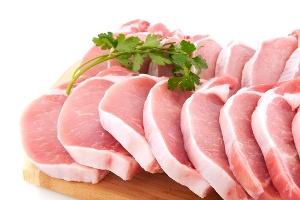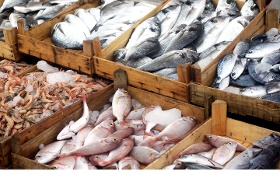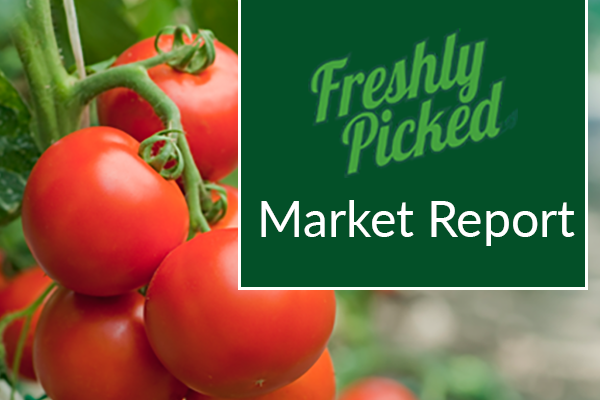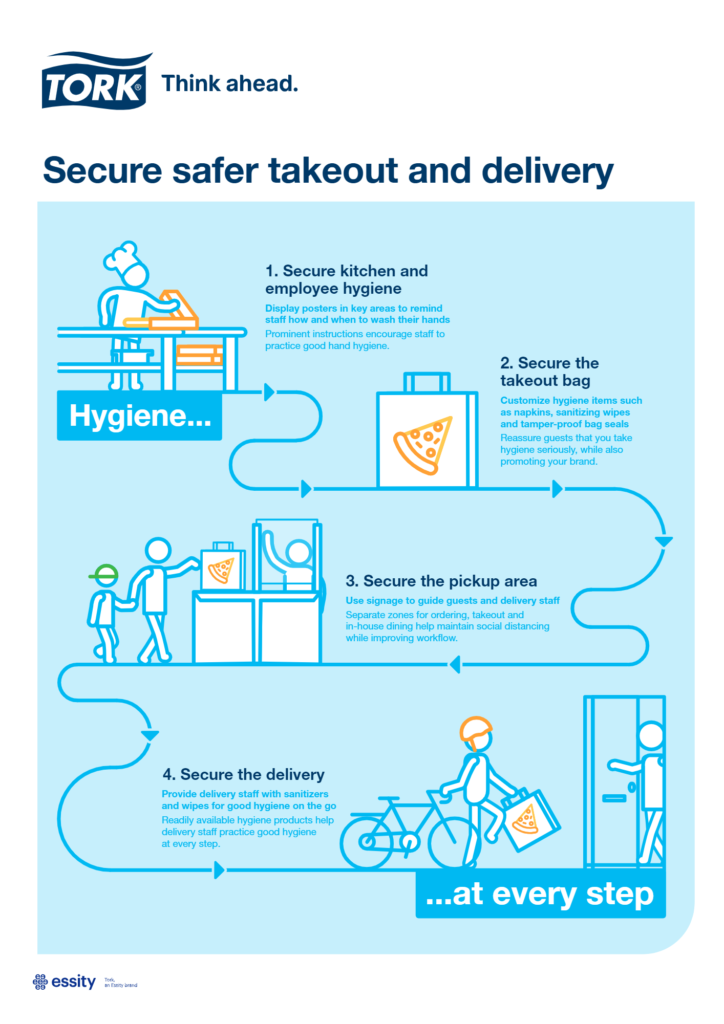About Kickfin: Restaurants use Kickfin to instantly deposit tips into employees’ bank accounts the second their shift ends, 24/7/365. We eliminate the hassle, hidden costs, and health hazards of cash tips outs, so your people stay safe while still receiving their tips in real time.
Kickfin can help mitigate the spread of the coronavirus and ensure the financial security of your employees with contactless tip outs. Because of this, we feel we have an ethical responsibility to make Kickfin available to new and existing customers free of charge through the months of April and May. Contact us to learn more.
Unemployment is one of the most painful byproducts of this unstable, uncertain market. It’s impacting every industry, of course, but hospitality has taken one of the biggest hits.
Hundreds of thousands of jobs have been cut — in fact, restaurants and bars account for 60% of the losses. While some are (hopefully) temporary, other jobs have been permanently lost, as many restaurants have little hope of weathering this storm.
It’s a cruel twist of fate: for years, hospitality employers have battled against one another in a highly competitive labor market. Now, though, there’s willing, able and experienced talent everywhere you look.
Who’s hiring at a time like this?
You’d be surprised. With off-premise sales spiking, delivery restaurants and chains are in need of extra hands. Pizza Hut, for example, indicated they’re hiring for 30,000 permanent positions. Other restaurants who have pivoted in this market are hiring in anticipation of the virus striking their team and taking out part of their workforce.
If you’re in the hiring boat, you might be wondering: How should my recruiting practices change in light of this burgeoning labor market? (And how should they stay the same?)
We’ve got 3 tips for restaurateurs who are hiring during this crazy time.
- Don’t lower your standards.
If you’re in a bind and in need of help ASAP, you may be tempted to make a hasty decision, setting aside your typical hiring process.
That’s understandable: in the current environment, survival depends on your ability to be nimble and move fast. But when it comes to bringing new people on board, moving too fast could backfire.
Right now, restaurant patrons are anxious. People need to eat, of course, and many genuinely wish to support the restaurants they love — but they’re worried about their safety, and rightfully so. Plus: federal, state and local guidelines for essential businesses are constantly evolving, and in general, health hazards are high.
Taking all of that into account: seek out employees who are reliable, experienced, and have a can-do attitude. Before you make new hires, ask yourself: will they be considerate of and accommodating toward anxious patrons? Will they follow new, extensive sanitation and safety guidelines? And can they adapt to a role that may include changing responsibilities, as your business shifts to respond to the market?
Pro tip: Don’t skip references. Now more than ever, it’s important to require references for candidates — and don’t neglect to actually reach out to those references. Aside from confirming previous employment, questions you may want to ask include:
- What were the candidate’s key responsibilities?
- Where did the candidate excel? What were his/her key strengths?
- Did you ever experience any performance issues with the candidate?
- Is there anything else I should know?
- Broaden your horizons.
If you’ve just pivoted to curbside or delivery service, you may need to look for a different kind of background than you’re used to hiring for. Seek out people with skills or experience that are directly applicable to the roles you need to fill.
That may seem obvious — but many restaurateurs are used to only hiring either front-of-house and back-of-house staff. Now, they’re suddenly looking for drivers. While you shouldn’t lower your standards (see above), you may need to shift required qualifications and experience.
A few key considerations if you’re hiring drivers:
- Do they have solid driving credentials?
- Will they be using a company car? If not, do they own or reliably have access to a vehicle?
- How will they be compensated? Will they make tips? Will they receive a stipend for gas and wear and tear on their car?
- Will they be an employee or an independent contractor? If it’s the latter, are you in compliance with state and federal labor laws?
Pro tip: If you’re hiring for a different kind of role than you’re used to, talk to other restaurateurs who have experience with this model to get an understanding of what kinds of qualities and qualifications you should focus on.
- Think long-term
We can all agree that this is a strange and difficult time. But good news: it’s not forever.
It may not be weeks or even months, but at some point, we’ll return to some semblance of normalcy. And while everyone in hospitality is trying to be nimble and pivot fast, savvy restaurateurs are making strategic shifts — not band-aid solutions.
So wherever possible, think ahead: are the changes you’re making going to benefit your business now and in the long term?
This is especially important when it comes to your people. Every employee you onboard right now is still going to require some level of ramp time, which means you should hire the right person for the role and the team, so you can ultimately minimize turnover.
Pro tip: Don’t neglect your restaurant’s culture. Think about what new hires are going to bring to your team: how will they fit in? And will they want to stick around, even after things go back to a (new) normal?
Bottom line: if you’re hiring in hospitality right now, you’re in a fairly unique position. You have a wealth of talent at your fingertips that, just weeks ago, was next-to-impossible to find. And more importantly, you can help workers who have lost their livelihoods and are desperate for gainful employment. Remain committed to smart, strategic hiring practices, and your business, your employees and your new hires all stand to benefit.



















